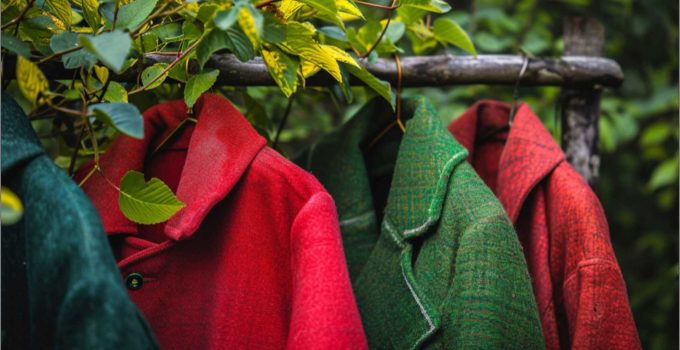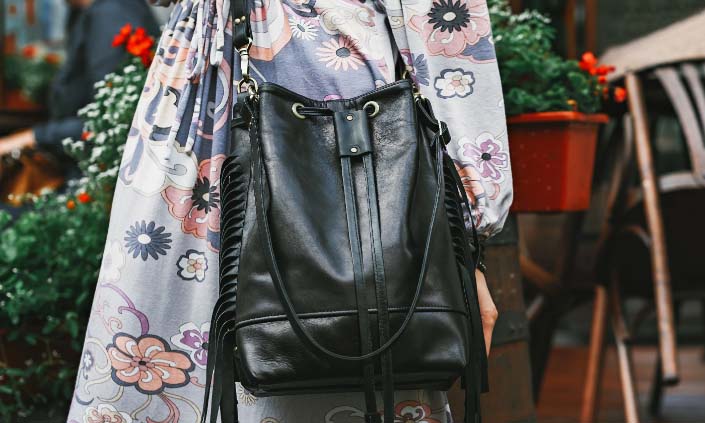A substantial transformation in the fashion industry emerged in recent years as sustainability became an essential imperative. The growing environmental awareness among consumers led to the emergence of sustainable and eco-friendly fashion as a forceful movement working to reduce the negative effects clothing production has on the environment. These practices simultaneously benefit our planet and ensure clothing products possess ethical characteristics while guaranteeing longevity.
The Need for Sustainable Fashion
Among all industries worldwide the traditional fashion sector stands as the prime source of environmental pollution and waste generation. The fashion industry consumes excessive water when producing cotton while using toxic dyes creating an environmental crisis that depletes natural resources along with releasing hazardous substances into the environment. The rapid fashion production model known as fast fashion together with its disposable approach has intensified environmental pollution while perpetuating unfair work practices.
The sustainable fashion sector tackles environmental problems through its commitment to responsible materials alongside ethical production standards and reduced waste output. Effective environmental practices enable the fashion industry to decrease its environmental burden and enable customers to purchase stylish durable items based on their ethical preferences.
Key Elements of Eco-Friendly Fashion
Sustainable Materials
Eco-friendly fashion finds its backbone in adopting sustainable materials. Hemp organic cotton bamboo and Tencel materials have gained popularity because they use minimal chemicals and require less physical water than traditional textile production. Modern fashion designers have adopted mushroom leather along with recycled fabrics to create environmentally friendly replacement options for traditional textiles.
Ethical Manufacturing Practices:
Alongside sustainable resources, sustainable fashion requires that workers are paid fairly in safe workplaces and treated ethically. Brands that show transparency about their supply chains make products that support both humane and sustainable production methods.
Eco-Friendly Production Methods:
Sustainable production methods have made the fashion industry responsible for low energy usage and less water pollution. To decrease their environmental impact sustainable brands adopt methods that involve environmentally friendly dyes along with waterless dyeing procedures and efficient production strategies.
Recycling Process:
The integration of garbage textile recycling with material processes for new products minimizes waste output. Brands now practice circular fashion by accepting the return of products which allows customers to repair or resell these garments thus lengthening clothing life cycle.
Slow Fashion Movement:
The Slow Fashion Movement highlights durable designs together with premium craftsmanship rather than fast fashion’s short-lived trend cycle. Consumers who purchase fewer premium-quality products help the fashion industry become more sustainable.
Various Methods Consumers Can Employ to Help Advance Sustainable Fashion
Choose Ethical Brands:
Consumers should invest in brands dedicated to sustainability along with transparency initiatives.
Buy Less, Choose Wisely:
Prioritize quality durable basics over purchasing multiple fleeting items through fast fashion outlets.
Opt for Second-Hand Clothing:
Second-hand stores combined with vintage boutiques present fashionable choices that integrate sustainability features into their inventory.
Care for Your Clothes:
The lifetime of your garments can increase by repairing damage immediately while washing them in cold water and regularly maintaining them.
Conclusion
The need for sustainable eco-friendly fashion extends beyond current fashion trends because it serves as crucial protection against environmental degradation. The double commitment of responsible decision-making from brands as well as consumers creates a critical movement toward an environmentally friendly and ethical fashion industry. The journey toward an environmentally sustainable fashion future depends on all the incremental actions we take today.






